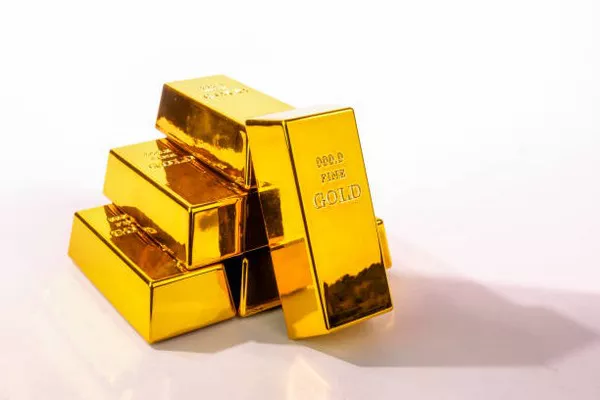Gold prices experienced further losses in Asian trade on Wednesday, propelled by signals from Federal Reserve officials suggesting a reluctance toward early interest rate cuts, alongside a strengthening dollar.
In the wake of moderate economic growth figures from China, copper prices neared a one-month low among industrial metals.
On Tuesday, gold prices plummeted from the $2,050 an ounce level, following comments from Fed Governor Christopher Waller advocating a cautious approach to rate cuts. Waller emphasized that the recent resilience of the U.S. economy would likely postpone any potential reductions. His remarks led to a one-month high for the dollar and a significant bounce in Treasury yields, with the 10-year rate surpassing the 4% threshold.
The anticipation of prolonged higher U.S. interest rates offset the recent safe-haven demand for gold, prompting traders to shift towards the dollar. Spot gold witnessed a 0.4% decline to $2,019.70 an ounce, while gold futures expiring in February dropped 0.4% to $2,022.90 an ounce by 00:20 ET (05:20 GMT). Both instruments had experienced declines of over 1% each on Tuesday.
Market focus now turns to upcoming industrial production and retail sales data for December, scheduled for later on Wednesday. Positive signals in U.S. economic indicators, especially in consumer spending, would provide the Fed with more leeway to maintain higher rates for an extended period.
Traders were observed slightly trimming their bets on a March rate cut by the central bank, according to the CME Fedwatch tool. Markets now perceive a 62.8% chance of a 25 basis point cut, down from the 66.1% seen a day earlier.
The trend of higher rates has increased the opportunity cost of investing in bullion, limiting capital flows into gold as traders seek more favorable yields in debt—an influence that has weighed on the yellow metal over the past two years.
While gold has experienced some safe-haven demand amid escalating military actions in the Middle East, this has been counterbalanced by traders opting for the safety of the dollar. Nonetheless, the yellow metal remains poised to benefit from a potential decline in U.S. interest rates later this year.


